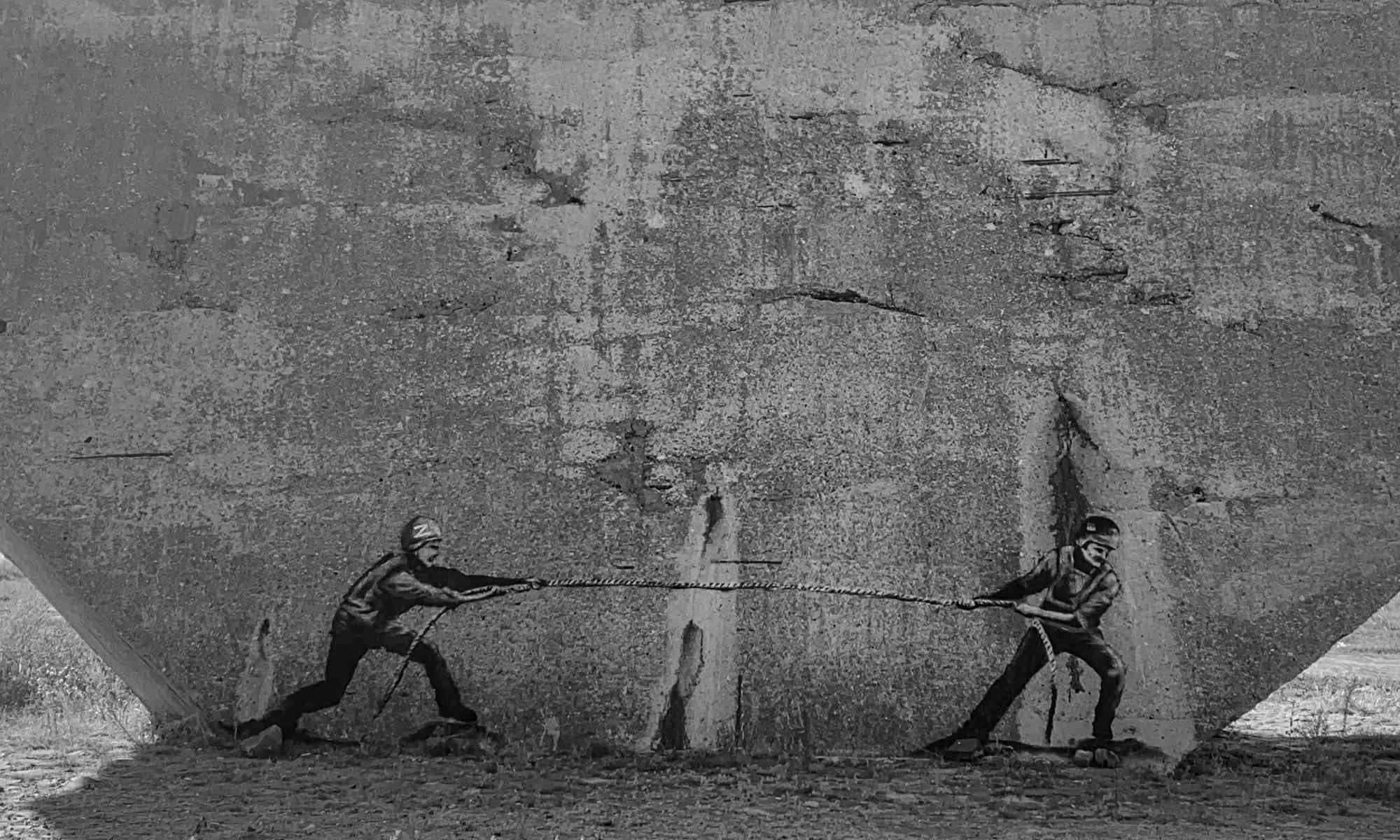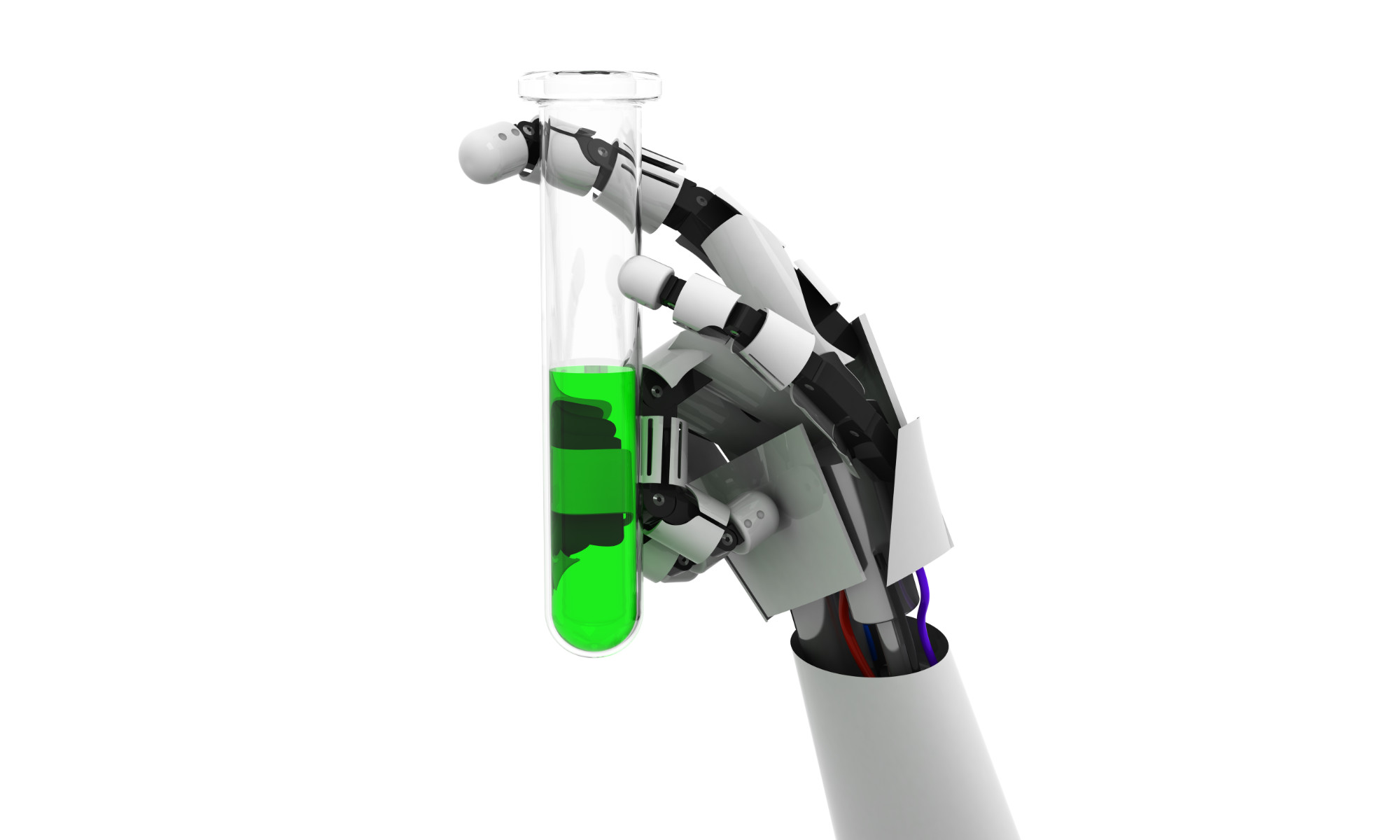 Restrictive housing—popularly referred to as “solitary confinement”—is widely employed in U.S. prisons and jails. In an editorial for CorrectCare, the quarterly magazine of the National Commission on Correctional Health Care, Kevin Fiscella and coauthor Robert Morris of UCLA examine the risks of restrictive housing, especially for juvenile offenders.
Restrictive housing—popularly referred to as “solitary confinement”—is widely employed in U.S. prisons and jails. In an editorial for CorrectCare, the quarterly magazine of the National Commission on Correctional Health Care, Kevin Fiscella and coauthor Robert Morris of UCLA examine the risks of restrictive housing, especially for juvenile offenders.
Fiscella is a professor in the Department of Family Medicine in the School of Medicine and Dentistry. His research centers on practical approaches for addressing health care disparities, and his work is aimed at empowering patients across socioeconomic lines. This includes those patients who find themselves in the correctional system.
Adolescents in the system, Fiscella and Morris contend, may be especially vulnerable to the effects of social isolation and seclusion.
The adolescent brain, which is still developing and highly sensitive to social and peer effects, is arguably especially sensitive to social isolation. Adolescents learn to self-regulate their emotions by interacting with peers and acquiring their norms. Social isolation undermines the establishment of emotional regulation, potentially increasing the risk for self-harm and hindering the adolescent self-regulatory development needed to adapt to society. In addition, restrictive housing may foster and reinforce an adolescent’s identity as a “bad kid.” Once such an identity takes hold, it can be difficult to change.
Research has shown higher rates of psychological distress, psychiatric disorders, and self-harm associated with the practice of restrictive housing. Although correlation is not necessarily causation, “the implication that restrictive housing is harmful is consistent with the science on social isolation and sensory deprivation as well as observational studies,” the authors write.
Fiscella and Morris note viable alternatives to restrictive housing. They also identify steps that jails, prisons, and detention facilities can take to reduce, and ultimately eliminate, restrictive housing and other non-short term means of segregating and isolating inmates. The end goal is to help offenders—both young and old—successfully reenter and reintegrate with society.



